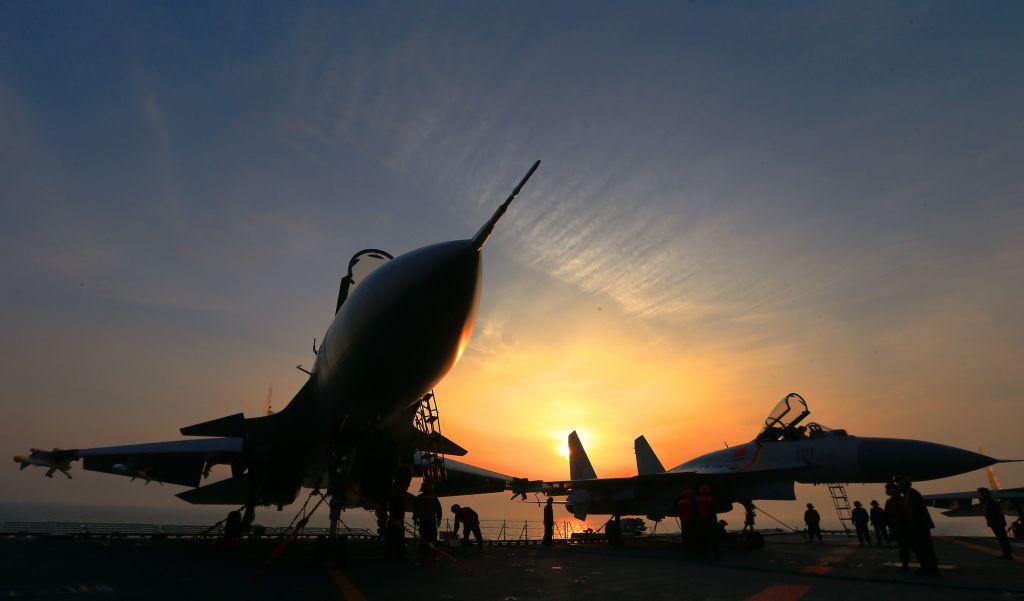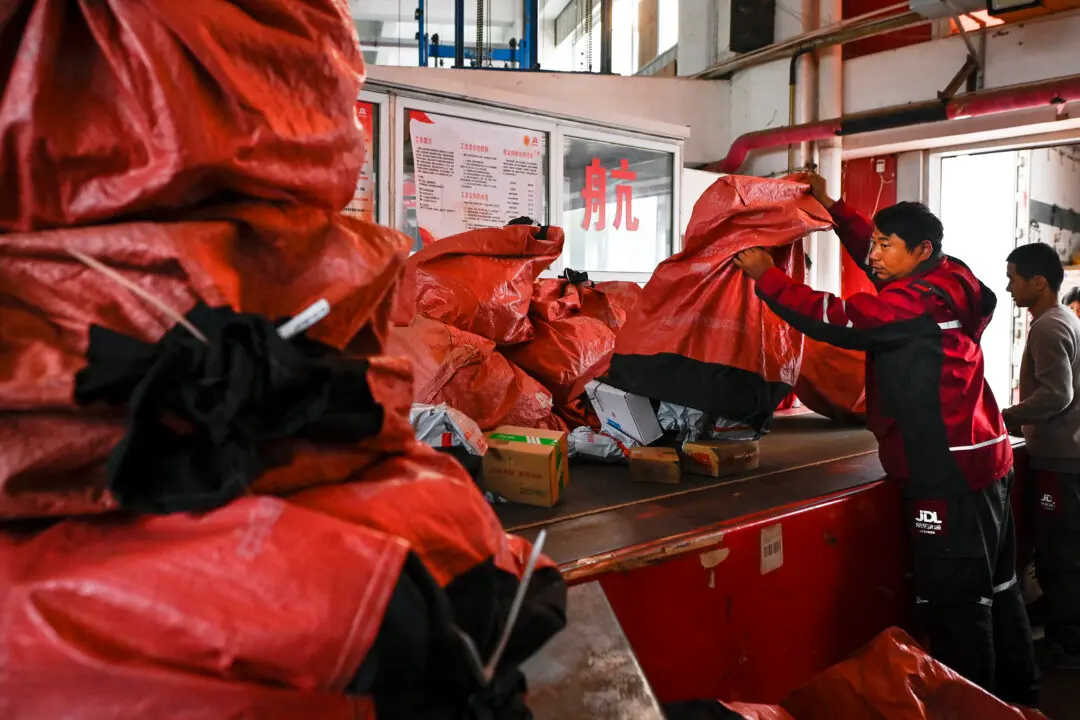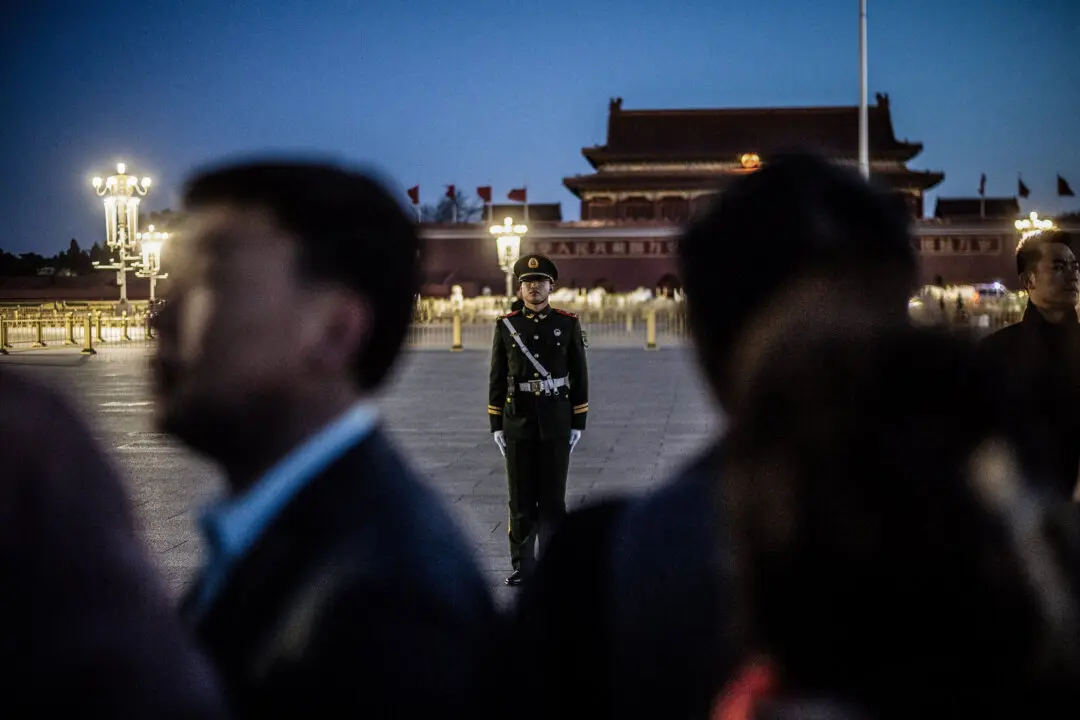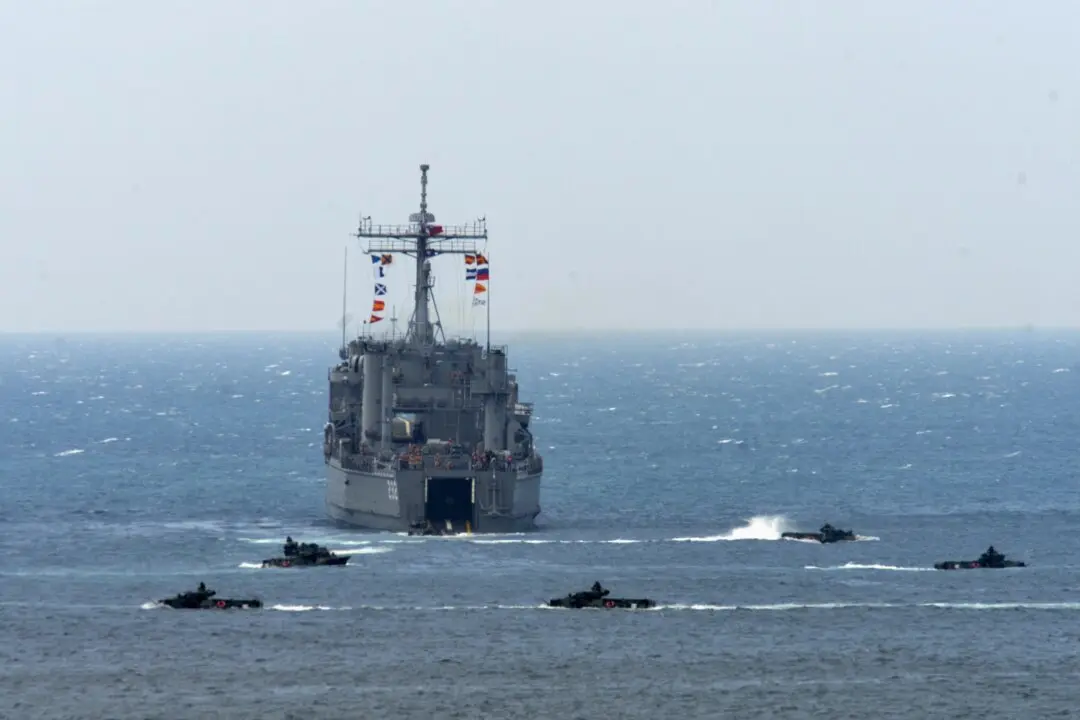China’s J-35 fighter jet is ready for launch from a Chinese aircraft carrier and is capable of fighting the U.S. military’s F-35, according to recent Chinese media reports, as tensions continue to rise over the Taiwan Strait.
However, analysts noted that the F-35 has absolute advantages in stealth capability, avionics, engines, and other performance factors over the J-35. The two aren’t even on the same level.




